The City of Ryde (Ryde) has set itself an ambitious goal of sourcing 100% of its electricity from renewables by 2030.
Ryde’s ambition is a significant escalation on the target it set in 2018 “to explore renewable energy targets up to 60% by 2030.” It was also in 2018 that Ryde joined the Cities Power Partnership (CPP), and installed an 826 solar panel array atop the Ryde Aquatic and Leisure Centre (RALC). And it may just have been the savings brought about by that installation and others that helped to convince Ryde not only that it could achieve 100% renewables by 2030, but that it would be stupid not to.
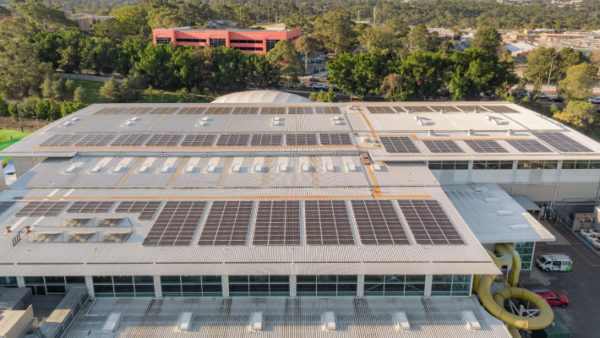
Image: City of Ryde
City of Ryde Mayor, Clr Jerome Laxale, said the 100% renewable energy target by 2030 was not only achievable, but would also deliver enormous benefits to the community in the long term, such as reduced Council utility costs, reduced emissions and increased energy security.
“By committing to a 100% renewable energy target, the City of Ryde is continuing its efforts in taking real action to tackle climate change,” said Laxale. “I would call on other authorities at all levels to government that have not committed to such a target to do so as soon as possible.”
The heightened ambitions are the result of report findings demonstrating to Council that a 100% renewable energy target was very achievable. The report, proposed by Clr Edwina Clifton, found that a continuing mix of solar energy production along with efficiency upgrades and reducing energy demand would prove substantial enough for the Council to meet its target.
In addition to these channels, Ryde also shares a Power Purchase Agreement (PPA) with 17 other councils to the Moree Solar Farm. The deal is suggested to result in up to 35% of participating council’s retail electricity being supplied by large-scale solar.
Clifton noted that the scaling up of Ryde’s ambitions is only natural after the Council’s proactive declaration of a climate emergency last year. “The bushfires that ravaged much of Australia last summer show the severe damage that can be caused when zero action is taken,” said Clifton. “As a Council, we simply cannot continue to wait while other authorities at all levels of government sit idle. That is why committing to this target is such an important step in Council’s efforts to tackle climate change.”
And of course, the climate is the most pressing concern alleviated by renewable energy, but as Laxale made mention, let’s not forget the economic imperative. Indeed it was this point which Katoomba high-school student Estelle Dee stressed when she recently called on NSW Minister for Energy and Environment, Matt Kean, to “install LED lighting and as many solar panels as possible in every public school in NSW within a three-year period.” It would simply save the schools a great deal of money.
It must then be said that Ryde was already thinking in such a way when, in July 2019, it began its participation in the Solar My Schools project, a three-year engagement through which it is hoped that between three and five local schools will take up grants to install solar. At the moment, four schools are participating, but only one is making significant gains.
“The common refrain that investing in renewables will result in increased costs for ratepayers is easily debunked,” said Laxale. “It actually delivers energy savings as energy that was once sourced from the grid at a cost is instead sourced for free from renewables, which will result in savings for our ratepayers over the long term.”
This article was amended on 21/4/2020 to reflect that Ryde is adopting a 100% renewable energy target to meet its electricity needs.
This content is protected by copyright and may not be reused. If you want to cooperate with us and would like to reuse some of our content, please contact: editors@pv-magazine.com.
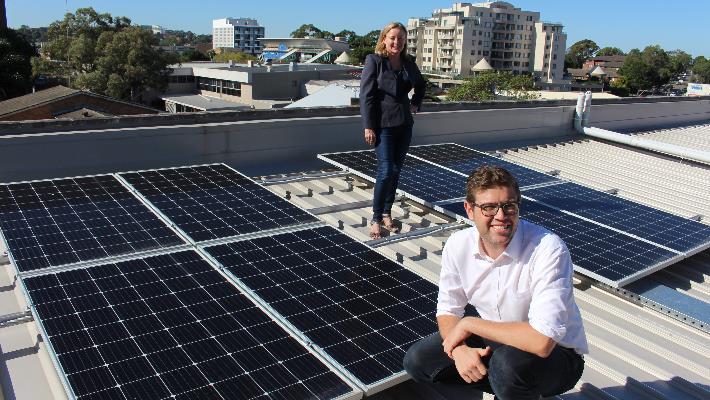
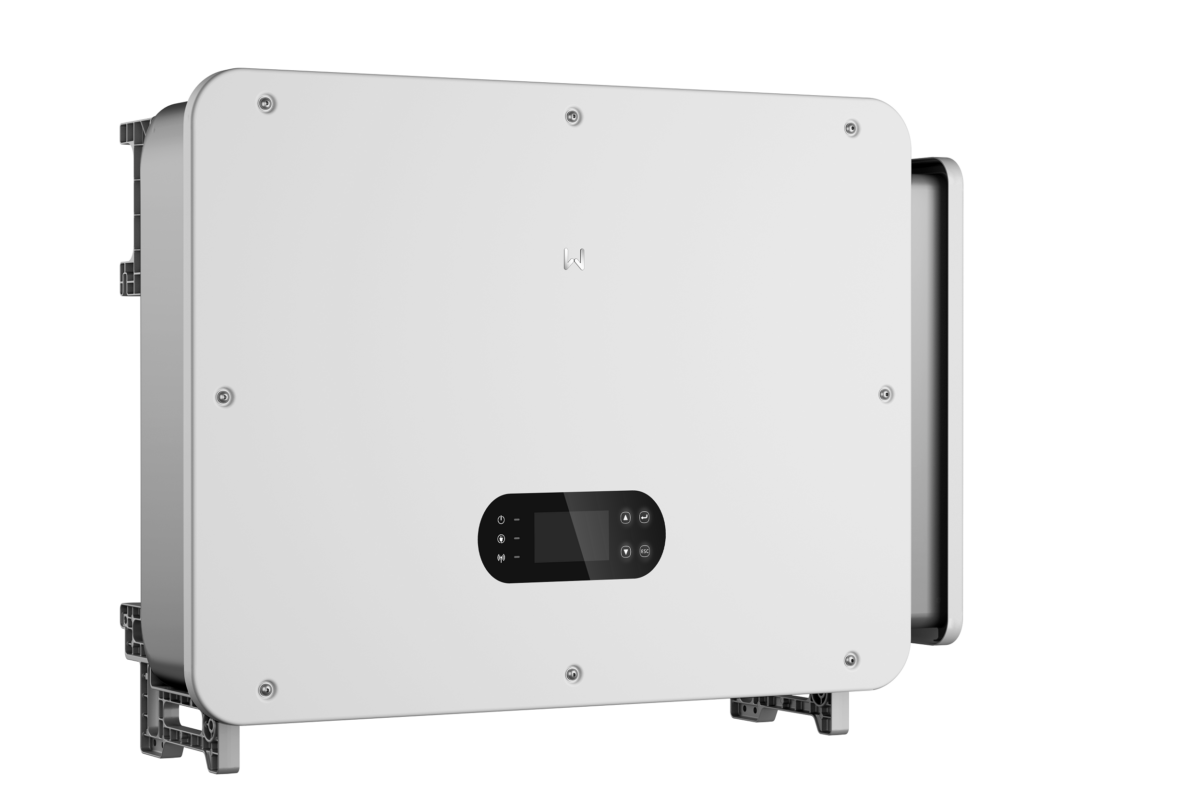


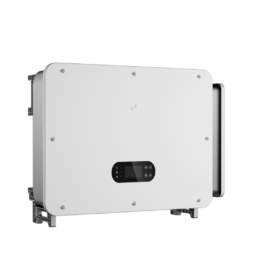
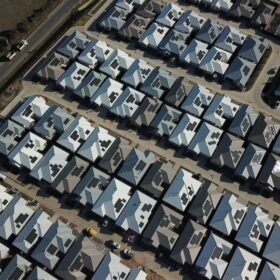
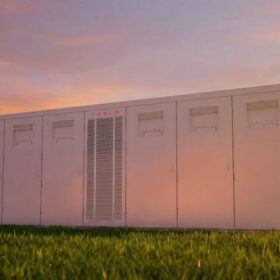
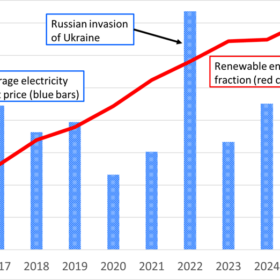
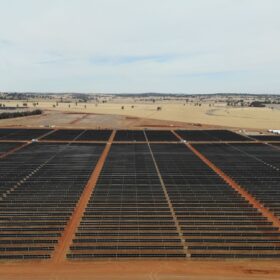
Does City of Ryde that requires 100% “Renewable Energy” covers only present Consumption of Electricity… or ALL ENERGY NEEDS…. Vehicles, HVAC, Cooking etc…. EVERYTHING.
If it is ONLY ELECTRICITY… IT SHOULD SAY 100% RENEWABLE ELECTRICITY…. NOT ENERGY…
Please Clarify…
Cleaning of solar panels can be done by fixing each panel with a device like car windscreen wiper along with a jet of water with timer adjustment for few minutes daily every morning (duration adjustable as per site condition for dust, sandand vehicles exhaust particles ).It will save manual cleaning.Only period checking of water jet and wiper functioning needed.